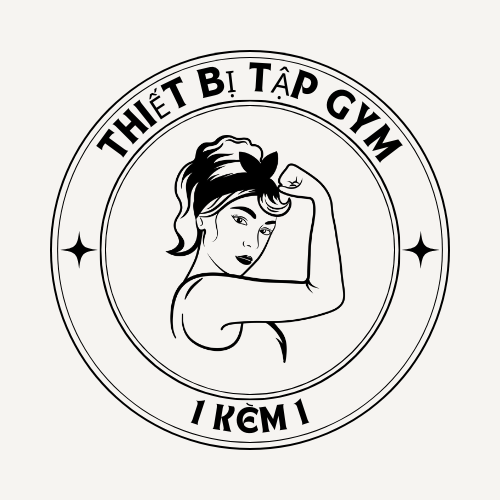Two-wheeled American identity embodies an intricate blend of nonconformity and brotherhood, rooted in the aftermath of global conflicts. Transitioning from military service to civilian roadways, two-wheeled machines emerged as symbols of liberation, carrying simultaneously rebellious ethos and mainstream commercial appeal[5][10][17].
## Roots of Rebellion https://usabikers.net/
### From Soldiers to Bikers
Contemporary motorcycle culture crystallized during the reintegration challenges faced by demobilized soldiers. Servicemen accustomed to structured military hierarchies sought alternative communities, leading to pioneering clubs like the Market Street Commandos and Hells Angels precursors[5][13][17]. The dominant motorcycle manufacturers, that saw military service, evolved from tactical vehicles to identity markers, fostering enduring corporate allegiance[5][11].
The notorious “American Motorcycle Association riot” thrust rider culture into public discourse, as 4,000 riders descended upon the small California town, culminating with what newspapers sensationalized as anarchy. This event etched the outlaw biker stereotype across societal perceptions, notwithstanding most participants being organized racing enthusiasts[10][13][17].
## Major Motorcycle Organizations
### Rebels and Regulators
The American Motorcyclist Association (AMA) originally functioned as the regulatory authority over organized motorcycle sports. However, the association’s discriminatory membership rules—barring racial minorities until the 1950s—fueled the emergence of parallel organizations eschewing traditional hierarchies[11][13].
The “Big Four” motorcycle gangs evolved into central figures in this counterculture:
1. Hells Angels Motorcycle Club[2][3][10]
2. “God Forgives, Outlaws Don’t” adherents[3][10][13]
3. Pagans MC[8][10]
4. Bandidos MC[3][10]
These collectives operate through formalized leadership roles featuring presidents, sergeants-at-arms, and road captains, with clubhouses often serving as fortified community centers[10][13]. Despite media portrayals of lawlessness, numerous local groups participate actively in charitable initiatives such as toy runs and disaster relief[8][10][15].
## Cultural Impact and Evolution
### Media Portrayals and Style Trends
The biker archetype permeates US media landscapes, ranging from Hollywood’s rebellious archetype in *The Wild One* through modern reality TV franchises. Such widespread influence appears through:
– Apparel styles: Distinctive biker attire commercialized by brands like Biker Life USA and Bikers Lifestyle[4][12]
– Musical influences: From punk rock to heavy metal adopting biker aesthetics
– Written narratives: Hunter S. Thompson’s *Hell’s Angels*[1][6]
Contemporary cultural studies highlight the inherent contradiction within motorcycle communities: both rejecting mainstream values yet remaining heavily commercialized via corporate sponsorships of major rallies[1][7][12].
## Contemporary Landscape and Challenges
### Current Trends and Future Directions
The motorcycle event calendar remains fundamental to US motorcycling tradition, with this year’s premier events including:
– Daytona Bike Week (Florida)[7][15]
– Sturgis Motorcycle Rally (South Dakota)[7][15]
– Southwestern desert meetup[7]
Developing phenomena reconfigure the community:
– Growing women’s involvement through groups like Women in the Wind
– Digital adaptation with GPS-guided rides and social media communities[7][15]
– Eco-friendly initiatives promoting electric motorcycle adoption[15][17]
Regulatory controversies continue, particularly regarding:
– Gang-related criminal activity and law enforcement strategies[10][13][17]
– Ethical corporate partnerships despite controversial revenue sources[8][17]
– Commercial exploitation issues about biker imagery in mainstream fashion[4][12]
## Synthesis and Projections
US motorcycle society occupies a historical crossroads, negotiating its rebellious origins against modern corporate influences. As contemporary riders embrace technological advancements and virtual networks, the core ethos regarding liberty and camaraderie endures—now expressed through inclusive memberships and progressive values. The road ahead may involve greater legal oversight and ongoing societal impact, ensuring motorcycling’s enduring place within US national identity[5][10][17].
